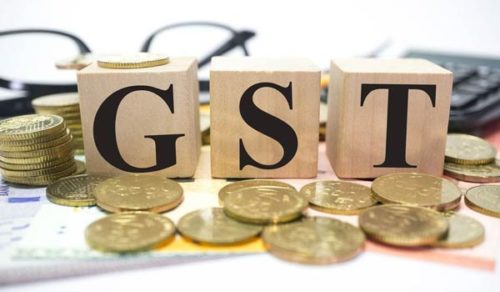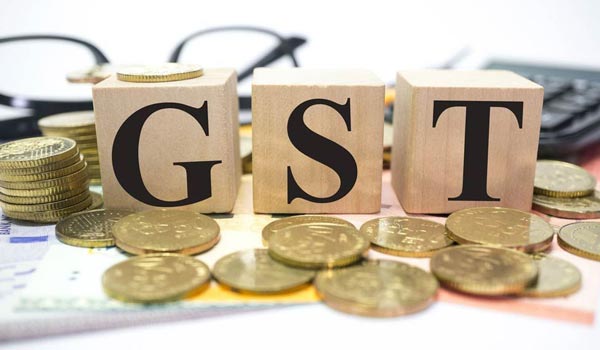
India Inc. has for a long time been demanding a reform in the indirect taxes levied by the center and the state governments, so as to help reduce costs, paper work, and create a level playing field across India. In this direction, the GST, has been the single most awaited valued added tax reform. It is definitely a pro business tax, where a lot of noise detrimental to the movement of goods and services across the Union of India, has been either removed or minimized, especially for small businesses.
When we move to the pre-GST days for a moment; we see, close to 17 different types of taxes that had to be paid for moving goods from one state to another, such as the central excise, service tax, VAT, CVD, Octroi and CST, just to name a few. All these have been done away with and replaced with a single GST that starts at 5% and goes up to 28%. It excludes liquor and petrol.
This makes India a truly common market. The implication of this is that earlier, businesses had to do a lot of advanced planning in terms of where to set up a manufacturing unit and where to set up warehouses to minimize the Octroi check posts and thereby, the delays in the transfer of goods. With GST, this aspect of the planning has been removed completely with the travel time for goods reduced to 3 days by road.
The GST is meant to benefit all stake holders, whether big businesses, small businesses or even the consumer. Contrary to some prevalent myths, the GST greatly helps small businesses and reduces hassles for them. First and foremost being the removal of double taxes on manufactured goods, by way of central and state levies. GST removes these and streamlines the system with the businesses having a turnover of less than INR 75 lakhs to pay only 1% GST and filing only quarterly returns. On this, Ashish Sharma, Head of Finance – Aye Finance, said, “One of the biggest tax reforms post-independence, the Goods and Services Tax (GST) is set to bring forth unprecedented transformation of the Indian economy. There is a lot of conjecture around the preparedness for GST across industries, especially the MSME sector. But I strongly feel that GST will prove to be a strong enabler for systematic growth of the MSME sector as it will provide an impetus for Digitization of the sector and promote their Financial Inclusion. With the micro and small businesses migrating towards digital book-keeping, they would be better predisposed towards fulfilling the eligibility criteria for credit facilities. This will allow NBFCs like ours, which currently have to rely on data analytics and alternate intelligence tools, to make a better assessment of their credit worthiness and offer a line of credit at economical terms”. Moreover, the businesses with a turnover of Rs. 20 lakhs or less do not have to pay GST! Majority of India Inc. can benefit from this move.
The cost for manufacturing goods in any state of India has been put on a level playing field now. Earlier, just the different kinds of taxes, surcharges artificially inflated the cost of manufacturing in different states. GST would benefit the consumer and create a more competitive economy. The digital and online platforms have already created a single common market for goods in India and GST finally formalizes it by reducing any existing discrepancy. Commenting this, Amit Sachdev, CEO & CO-Founder – CoinTribe Technologies Pvt. Ltd. said, “GST is a significant milestone in our journey towards a digitally networked One India- One tax Vision. From a macro-economic impact, GST should have a transformational impact on GDP-tax ratio and enable efficient businesses to transcend state boundaries and also compete in states which till now had high indirect taxes. This will lead to emergence of bigger and more efficient businesses improving the overall health of industries. In the context of Online lending, industry will benefit from the online availability of GST data to assess business health and associated risks, enabling Online lenders to make better and faster lending decisions and driving flow of efficient capital to deserving businesses and healthy growth of Online lenders as well in the long run.”
A value added tax is primarily directed at value addition at every stage of a product’s (either a Good, Service or both) life-cycle. In India, we have had a tradition of kachcha-pakka bills and other market processes to circumvent the inconveniences caused by the government bureaucracy. These processes evolved over time and resulted in the creation of a parallel economy, something successive governments have been trying hard to either curb or merge in the main stream economy, to help boost India’s growth. Hope is that GST will go a long way in this direction and give birth to a new era of growth, innovation and progress of the country.
By Vishwasjeet Singh – Editor in Chief – www.estrade.in
(Disclaimer – The views and opinions expressed in this article are those of the authors and do not necessarily reflect the official policy or position ofwww.estrade.in. For further queries kindly feel free to write info@estrade.in)
GST – Dawn of a new era






